My Blog Posts
The following is an excerpt from my presentation to the Melbourne University MPH group for their Health Promotion course. It was presented on 30/03/2016. It includes highlighted slides/videos and edited text.
Keep ReadingIn the lead up to this weekend’s Mardi Gras in Sydney, ANZ has commissioned a number of ‘GAYTMs’ around Sydney. The transformed ATMs include a variety of different designs, colours, patterns and sequins. From unicorns and drag queens to rainbows and tattoos, each GAYTM is a riot of colour and textures to celebrate the festival. But at the heart of this much-publicised brand gesture is an overarching showing of support for diversity.
Keep Reading
Few Australians would be aware of Derek Jeter and his long and illustrious baseball career. But almost all of us would be aware of the New York Yankees, probably the biggest sporting team brand in the world (save for maybe Manchester United). Jeter has been the face of the Yankees for 20 seasons and is set to retire at the end of this one. Nike has paid tribute to the shortstop and in doing so, aligned itself with the population of New York and the wider sports community.
Keep Reading
Earlier this year, Camden Borough Council came under fire for their “Camden Bench”, a design inspired to dissuade drug deals, bag theft, skateboarding and littering. But the design was also heavily criticised for stopping homeless people from using the bench as a place to sleep at night.
Keep Reading
Bottled drinks of all varieties are often the topic of conversation, especially in sustainability circles. Whatever your feelings are about our mass consumption and the effects of plastic pollution on the planet, plastic bottles are currently a necessary evil. And at the top of it all is the humble bottle cap (pun absolutely intended). However, brands are starting to think about new ways to utilise the bottle cap to educate us, connect us and give us more reasons to keep reusing their products.
Keep Reading
A budget airline in the Philippines has recently shown that advertising doesn’t always require big bucks to see a big return on investment. Sometimes, all that’s needed is a simple idea, executed with intelligence.
Keep Reading
A recent University of Queensland study has illustrated just how prevalent alcohol brands are on social media, and how their marketing strategies are reaching consumers in an environment far less regulated than traditional advertising. Using follower insights, brands are able to push messages at times most relevant to viewers inviting them to interact directly with the brand. But are these practices breaking regulations or are they a simple evolution of the advertising landscape?
Keep Reading
Pepsi Max UK recently installed augmented reality bus shelters as a way to engage with people sitting around waiting for public transport. Admittedly, the craftsmanship is stunning, but the question that jumps out is, what’s their point?
Keep Reading
The new Sydney lockouts have been widely reported across the media as a way to curb alcohol and drug related violence. The idea is not new — Melbourne attempted to implement it in 2008, and it was reversed after only three months. The first wave of reports is showing signs that behaviour patterns are not changing, just the timing of incidences. So there is a deeper issue to address; one that can be better communicated as a means of education than simply shutting doors. Just like the 2010 road safety campaign, Kings Cross club owner John Ibrahim has enlisted the help of friends to tell the youth of today: don’t be a dickhead.
Keep Reading
Today in America, it’s Superbowl Sunday — probably the biggest sporting event in the country and one of the top few in the world. Last year the Superbowl was watched by over 108 million viewers in America alone. It’s also the single biggest event on the Advertising calendar. It’s expensive (4 million dollars for a 30 second spot) and it’s competitive. But a win in the Advertising Superbowl is a big win for brands. At the time of writing, the game hasn’t even started, and already Doritos has won the Superbowl.
Keep Reading
With the Sochi Winter Olympic Games fast approaching, we’re starting to see lead up advertising. As a life long skier and winter follower, the Olympics are the highlight of my sport watching calendar (especially since the X-Games doesn’t make its way to Australia). Most of the advertising in the lead up is around the network coverage or the event itself. But Procter & Gamble have used it as a platform to deliver an emotionally charged brand message.
Keep Reading
In 2009, MasterChef took the Australian television landscape by storm. It dived head first into an empty field and reaped every possible reward. From something completely unknown to a viewership of 4 million (or roughly 18% of the population), MasterChef created a household brand name and a workplace talking point. But at the end of its fifth season, MasterChef was a shell of its former self and was losing the reality TV cooking wars.
Keep Reading
Effective communication in advertising will often result, at best, in a small change in consumer behaviour. While this change often has a product driven focus — buy this, try this, consider us — the predominant message generally doesn’t require the audience to drastically change their routine. The task for any anti- communications, however, is much more difficult.
Keep Reading
A recent example of inspiring, situational marketing has come from a very unexpected source: a Spanish bank. Celebrating their 130th anniversary, Banco Sabadell surprised and delighted passers-by in Plaça de Sant Roc, Sabadell by playing Beethoven’s ‘Ode to Joy’ with performers from the Vallès Symphony Orchestra, the Cor Lieder Camera, Amics de l’Opera de Sabadell, and Coral Belles Arts. And it started with a little girl giving a ‘busker’ a coin. It has spread like wildfire, shared as “The Best Coin Ever Spent”.
Keep Reading
Over the last few days, the Internet has been abuzz about the stunt-based advertising for Carrie, a Stephen King novel and remake of the 1976 horror movie. The prank is fairly simple in concept: a girl loses it over a spilled coffee and then applies telekinesis to throw a man against a wall and scatter tables and chairs around the coffee shop. The actions are true to the movie — the main character uses telekinesis to terrorise her small town and the prank is elaborately planned and executed. It is a fantastic illustration of intelligent, strategically-driven stunt based advertising.
Keep Reading
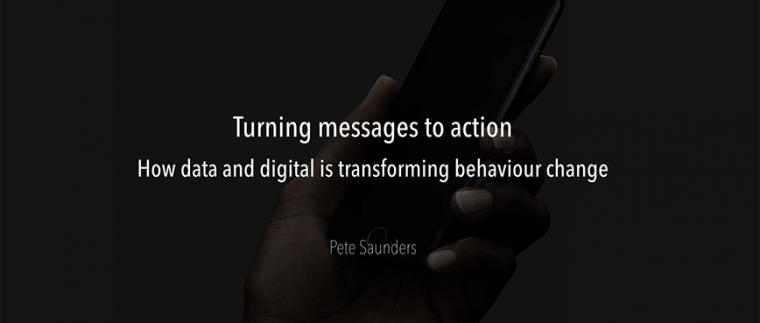
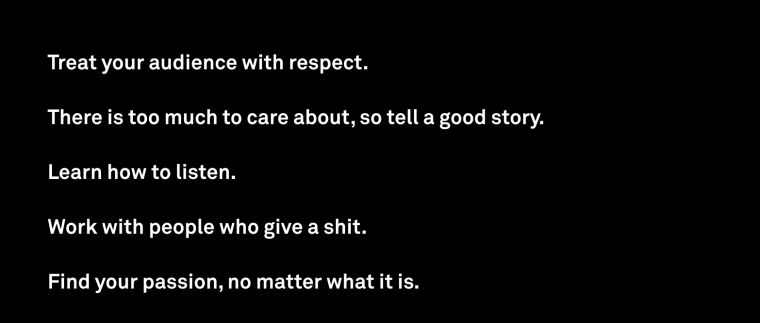
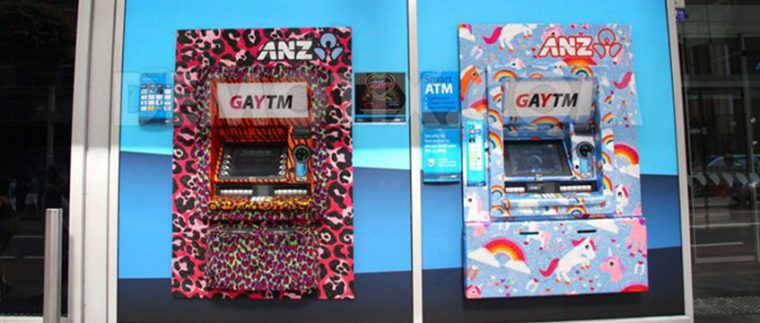
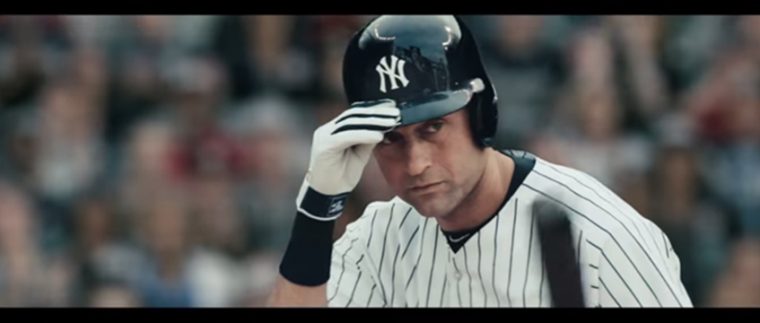
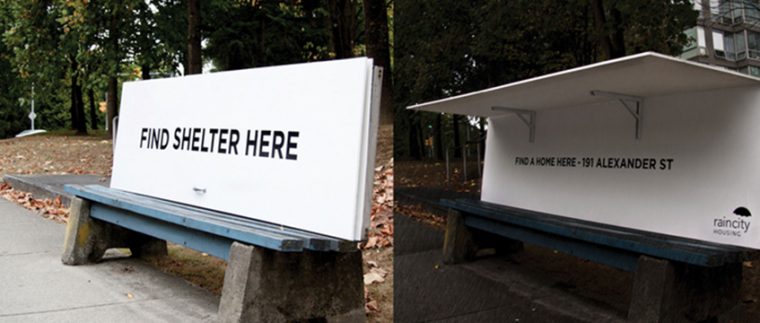
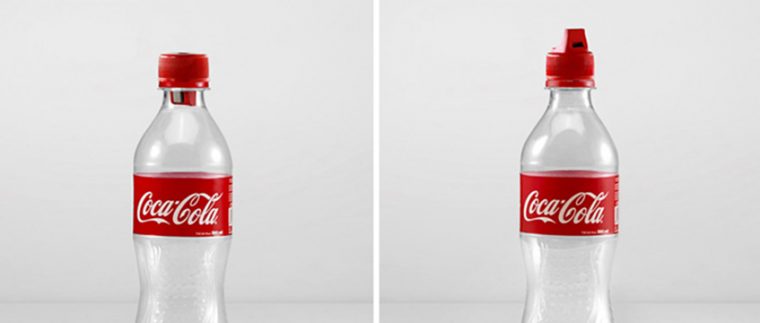
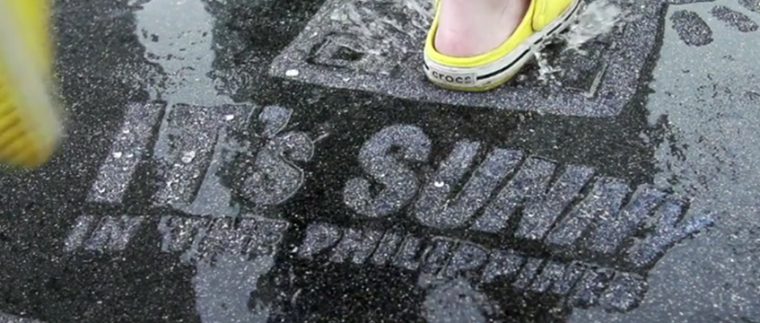
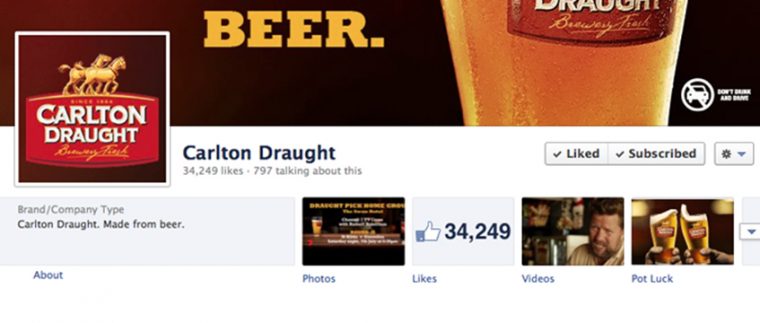
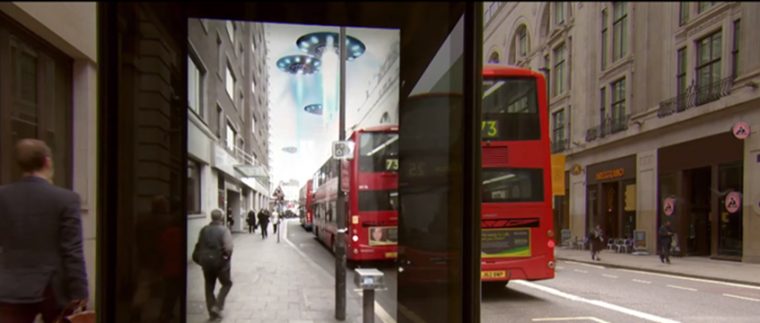
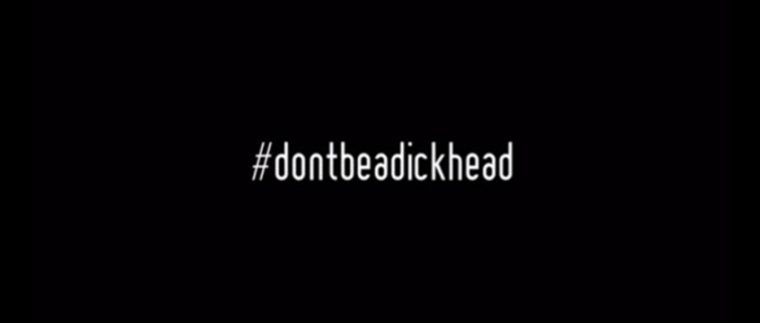
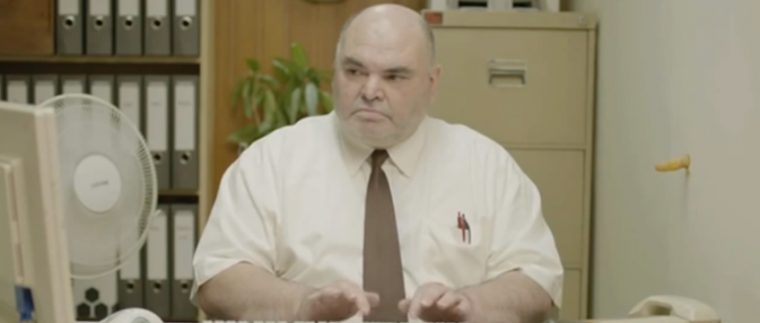
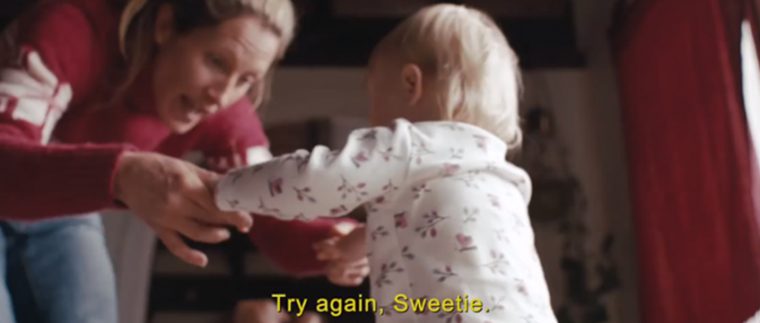
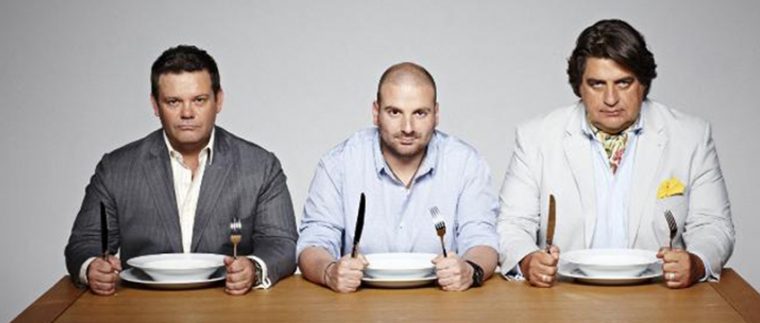
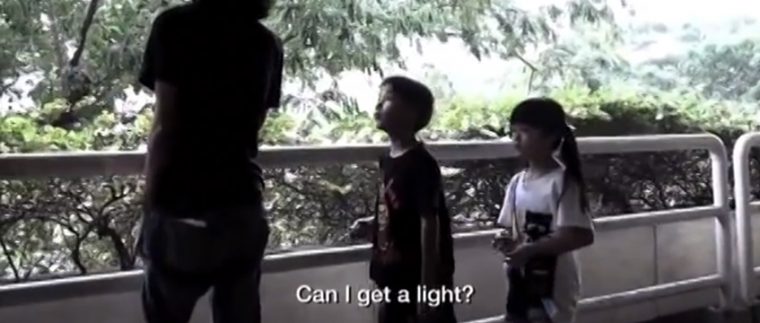
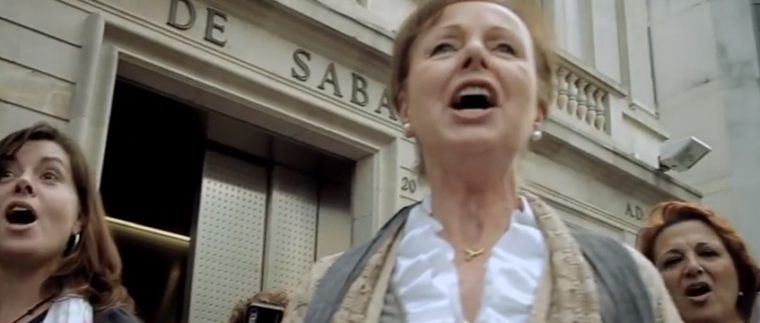

The following is an adaption of a presentation to fifty Master of Public Health students at Melbourne University. It includes all slides, videos and a rough transcript. It took around an hour, followed by thirty minutes of questions.
Keep Reading